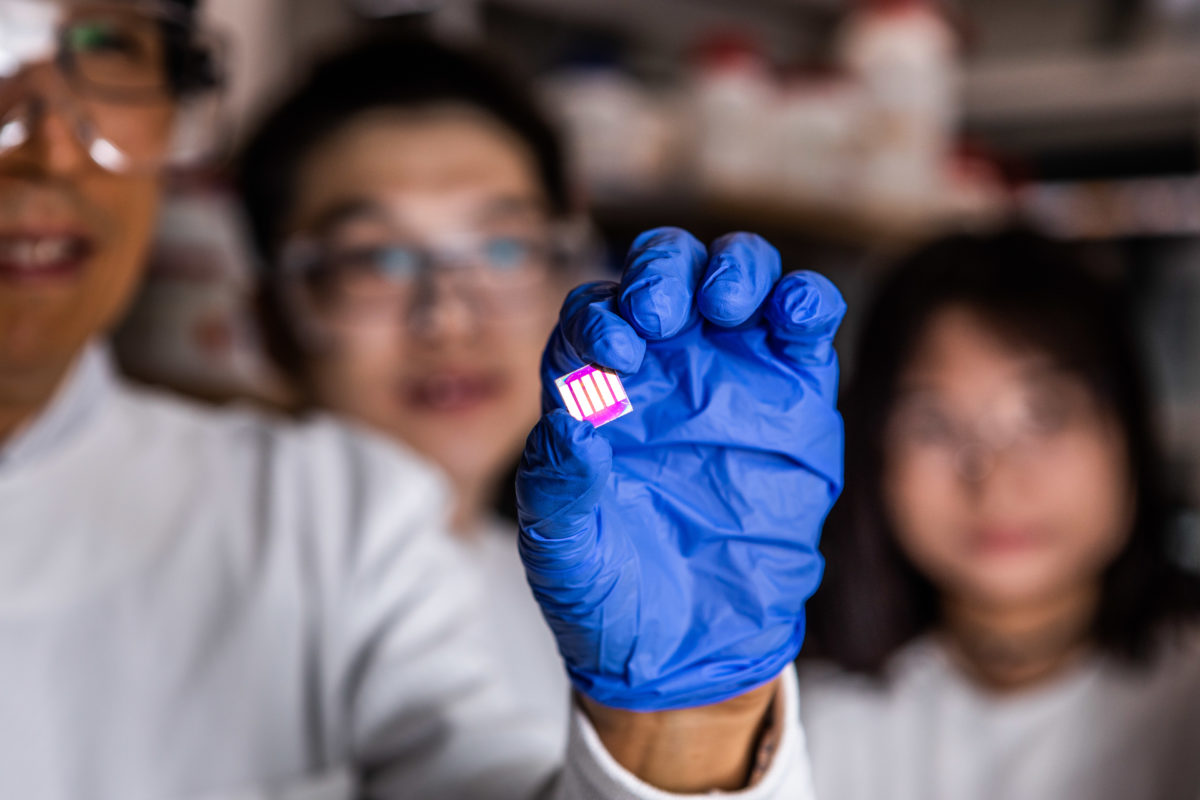Quantum dots, tiny particles of semiconductor that can carry a charge, made from various materials have been investigated as possible solar cell materials. Those based on perovskites have proved particularly attractive to researchers working in photovoltaics, having already demonstrated efficiencies beyond 16%.
A group of scientists led by Dalian National Laboratory for Clean Energy in China noted that while more commonly researched bulk perovskites have reached solar cell efficiencies better than 25%, perovskite quantum dots (PQDs) have a long list of other potential advantages over these, making them worthy of further research. The advantages include, according to the group: potential for high performance, fewer defects and better stability, simple fabrication methods, easy tunability to absorb different parts of the light spectrum, and production using more environmentally solvents.
Fully understanding PQDs, and realizing some of these advantages, however, will require a lot of work. The group at Dalian conducted a detailed review of recent progress with the material, outlining some of the next challenges for researchers. “The application of PQDs is only at its infancy and the highest PCE still cannot compete with the bulk perovskite-based devices,” they stated. “A series of scientific issues should be resolved by combining experimental and theoretical methodologies.”
The review, titled Perovskite Quantum Dots in Solar Cells, is published in full in Advanced Science. Among the issues that need to be resolved they find a need to better understand various aspects of PQD chemistry and composition. They note while studies have confirmed strong stability potential, more work is needed on the long-term effects of heat, light, and humidity on performance and stability. And they also note the continued presence of lead in the best performing devices is a problem, and work on replacing this, for example with tin, should be accelerated (though bulk perovskites are in a similar situation here).
More on the commercial side, the review finds little work has been done on actual manufacturing processes: “…methods for preparing PQDs are conducted in minitype glass instrument, for example, three-neck-flask, and the yield is in gram level,” they state. “Thus, the synthesis and post-treatment process should be advanced enabling the compatibility with large-scale synthesis and continuous production of large-area PQD films.” They do, however, reference one 2018 study that estimated the current cost for synthesizing a PQD at around $0.74/W, noting that this would need to come down significantly to compete with silicon PV.
Despite the challenges, the review concludes that the material’s potential advantages mean that PQDs will play a role in the future of PV. “Undoubtedly, PQDs are promising to be “game changer” in the field of photovoltaics, which has displayed great potential in large-scale manufacturing, low-temperature flexible fabrication and semi-transparent or tandem photovoltaic devices,” the group stated. “Certainly, it poses a higher challenge to scientific researchers with the purpose of bringing out the potentials and advantages of PQDs.”
This content is protected by copyright and may not be reused. If you want to cooperate with us and would like to reuse some of our content, please contact: editors@pv-magazine.com.




1 comment
By submitting this form you agree to pv magazine using your data for the purposes of publishing your comment.
Your personal data will only be disclosed or otherwise transmitted to third parties for the purposes of spam filtering or if this is necessary for technical maintenance of the website. Any other transfer to third parties will not take place unless this is justified on the basis of applicable data protection regulations or if pv magazine is legally obliged to do so.
You may revoke this consent at any time with effect for the future, in which case your personal data will be deleted immediately. Otherwise, your data will be deleted if pv magazine has processed your request or the purpose of data storage is fulfilled.
Further information on data privacy can be found in our Data Protection Policy.